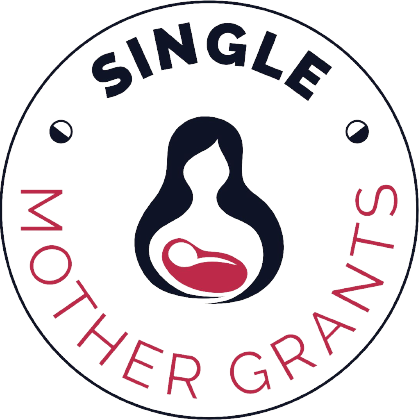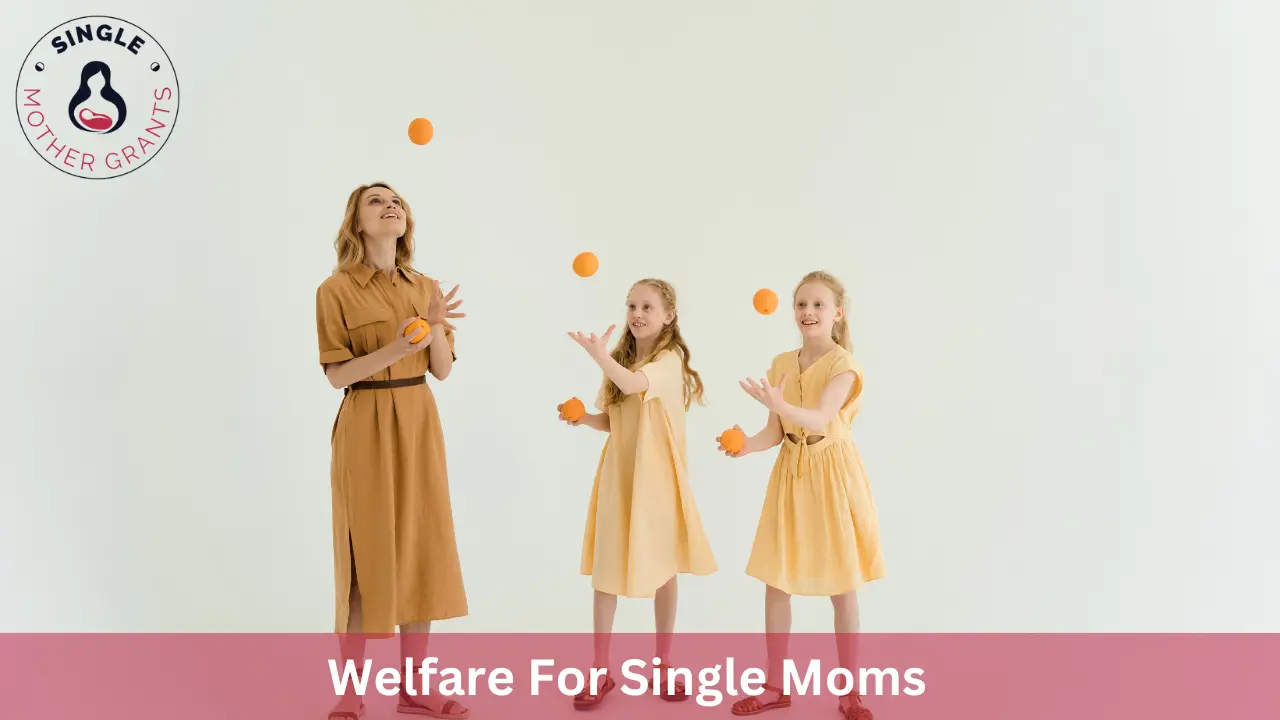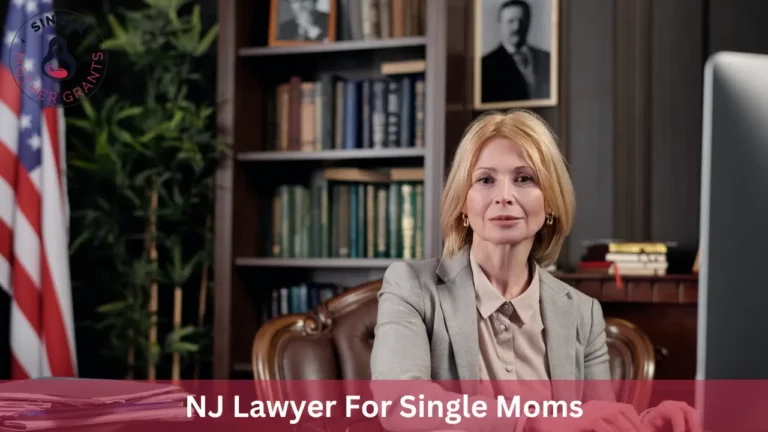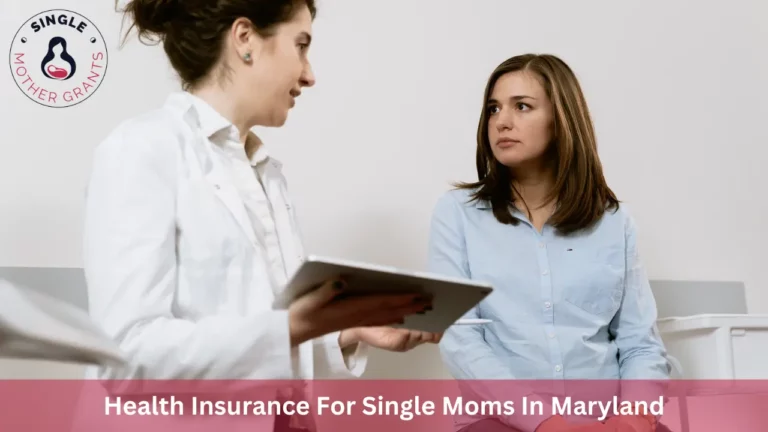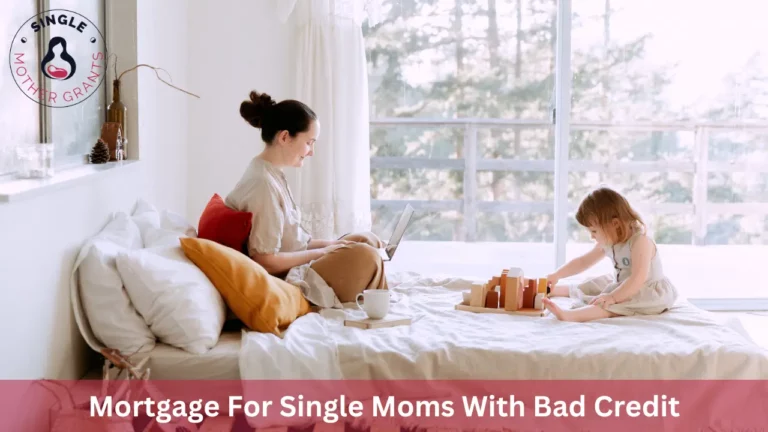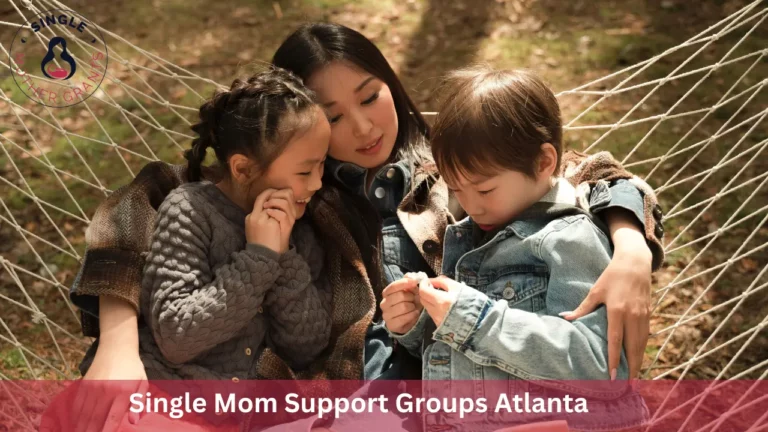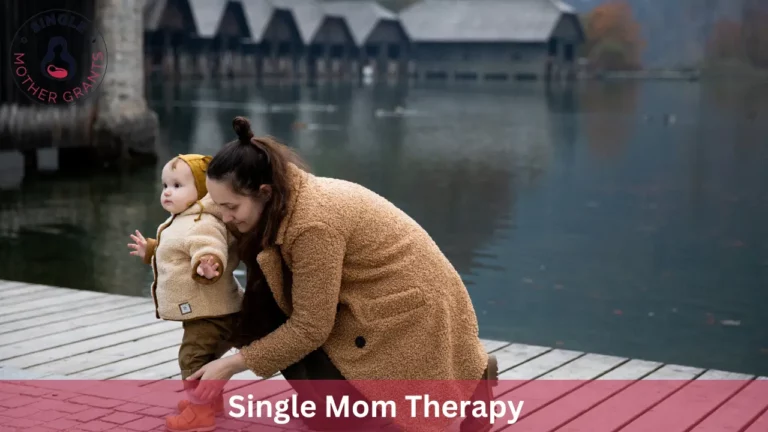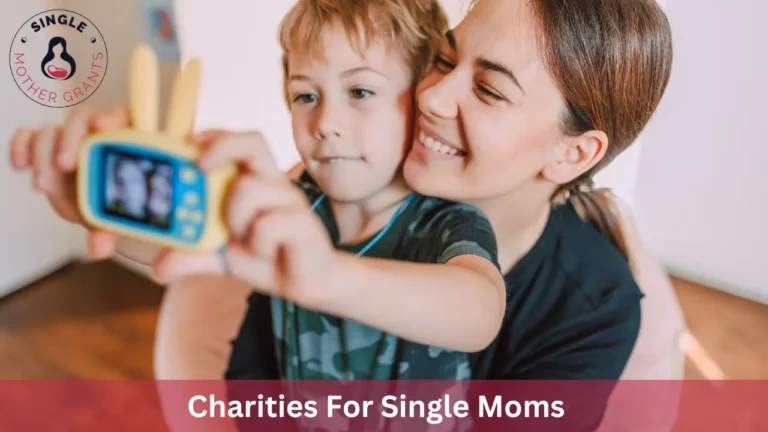Welfare For Single Moms
As per the statistics from the United States Census Bureau, around 60% of children living in single-parent families are headed by mothers and are living below the average poverty line. This has led to the urgent need for financial assistance programs and resources to help single moms and their children. The federal and state governments of the United States are incurring huge expenditures on the welfare of single moms in the form of useful resources, programs, and schemes that can serve as a supplement to eliminate poverty and unemployment. Single moms and their children are beneficiaries of a lot of government assistance programs. The 1996 Welfare Reform Legislation led to the reshaping of time and work duration limits so that single moms can receive maximum benefits. Even though welfare assistance will not cover the total expenses of single-parent families, it will serve as a financial lifeline and will be of great help during their difficult times.
How Much Does A Single Mom Get On Welfare?
Single mothers can qualify for welfare programs in the United States. If she is a solo parent of a disabled or young child with little or no income support then she can receive financial assistance through Temporary Assistance For Needy Families Program while completing short-term job training and employment activities as required by the program. Presently the amount of money that single moms in the United States can get on welfare may depend on the state where they reside and the type of program they are applying to. On average, $450 per month is received by single moms nationally and these programs generally include fuel assistance, Supplemental Nutrition Assistance Program, Medicaid, WIC, and so on. As a single mom, you can apply for subsidized housing however this may not be available as subsidized housing programs come with a 6 to 8 years waiting list except for those who are disabled or elderly. If one single mom gets a job she will lose the money received from the TANF Program. Depending on her situation and financial condition she may qualify for Medicaid, WIC, or SNAP programs and are likely to get childcare assistance. Single moms with minor children can file tax returns as head of the household which will enable them to get the Earned Income Tax Credit.
Do Single Moms Rank Highest For Receiving Welfare?
Single motherhood is one of the strongest determinants of female poverty in the USA. According to studies almost half of solo mothers with minor children are in poverty. This is the reason why a lot of single moms qualify for government aid programs in the form of welfare. Around 75% of single teenage moms receive welfare within five years of giving birth to their children. Around 40% of non-teenage single moms are poor and around 60% have to rely on cash welfare payments or food stamp programs after giving birth to children. Unlike other women, single mothers remain the most impoverished group in the USA. Receiving welfare is a potential path for single moms to get out of poverty and fund their basic needs. As single-mother families have less net worth compared to step-families, single fathers, and married parents, therefore they rank highest for receiving welfare schemes. The majority of government assistance program beneficiaries are female-headed households with minor children belonging to the lowest median income. Due to the economic status of single moms, a lot of organizations, communities, and government institutions are coming forward to help them get out of poverty and lead a financially stable lifestyle. Children belonging to single-parent families with less family income are living below the poverty line compared to children belonging to married-parent households. Also, children of single teenage moms spent maximum time in poverty, unlike kids in other family dynamics. Children belonging to single-mother families are likely to receive public assistance compared to children in cohabiting or married families.
How Welfare Programs For Single Moms Can Help You?
When you’re a single mom every dollar counts and goes a long way to cover your family’s expenses. The federal government makes huge expenditures on the welfare of single moms every year so that they can attain financial stability and self-sufficiency in life. If you know where to look then you can find a lot of financial help and assistance programs that are designed exclusively for low or middle income single parent groups. Accessing these grants and programs will help you to save money and reduce your financial burden. The federal, state, and local government provides a plethora of financial grants, scholarships, and assistance programs so that low-income single mothers can cover essential needs like food, childcare, and housing. Some of the popular programs include Temporary Assistance For Needy Families, Women Infants And Children Program, Pell Grants, Federal Supplemental Education Opportunity Grant, Housing Choice Vouchers, Low Income Home Energy Assistance Program, Supplemental Nutrition Assistance Program, and so on. There are many government institutions, charities, and religious outlooks which provide local programs so that single moms can get food assistance, clothing, and shelter.
Welfare For Single Moms
Following are the welfare beneficiary programs which single moms can access in the United States.
1. Medicaid
This is one of the most common federal beneficiary programs that are designed for low-earning individuals including single moms and their children. Not everyone can qualify for Medicaid benefits and you need to fulfill the eligibility criteria to receive healthcare benefits from this program. Low-income earning individuals and families have a higher chance to qualify for this program. Medicaid health coverage services are available to pregnant women during pregnancy as well as after childbirth.
2. TANF
TANF stands for Temporary Assistance For Needy Families Program which is a block grant program that has been designed to assist families with dependent children. This program offers financial help in the form of cash assistance to needy families and single mothers for two years or less. The prerequisites of the program are dependent entirely on the work requirements. Eligible single parents as required by the Department of Health and Human Services should have children below 6 years and must spend less than 20 hours at work every week. They also have to undertake tasks including job training. Single moms with children of six years or more in age are required to spend at least 30 hours of work every week and also embark on employment-related activities to be eligible for the grant.
3. Supplemental Nutrition Assistance Program
The Supplemental Nutrition Assistance Program is provided by USDA and is designed to assist low-income families who are earning less than 130% of the federal poverty level. You can purchase food with the help of an electronic card that is accepted at retail stores and grocery stores. Apart from the SNAP program, there is a National School Lunch program offered by USDA under which single moms can make sure their school-aged kids can avail of free breakfast and lunch during the summer months. The Emergency Food Assistance Program by USDA also provides emergency food to different states. The state then distributes the food to public food pantries and soup kitchens including low-income families who can qualify. Those who want to know how much a single mom gets on welfare from these programs can check the official website of the USDA.
4. WIC
As per a report from the United States Department of Agriculture Food and Nutrition service beneficiaries of the TANF program are eligible to receive assistance under the Women, Infants And Children program also known as the WIC program. While the food stamp or Supplemental Nutrition Assistance program is designed so that low-income families including single parents can purchase any type of food the WIC vouchers are provided to families so that they can purchase highly nutritional food such as dairy, eggs, peanut butter, cereals, etc. Pregnant single women and nursing mothers with children below five years of age and in need of nutritional assistance are eligible to get coverage under this program.
5. Housing Assistance
Section 8 of the United States Department of Urban Development manages and administers housing provisions and programs. To be eligible for this program you need to make sure your household income is less than 50% of the average income for the particular region. As the median income may vary from one region to another the welfare benefits can also vary. Recipients who want to be eligible for housing assistance from HUD should make sure their income is lying within the HUD guidelines. Not every property is accessed by Section 8 vouchers, especially if you’re living in a fast-paced city. For those who want to know how much a single mom can get from welfare and receive housing benefits need to check the HUD official website.
6. Pell Grants and FSEOG
Pell Grants and FSEOG are federal grant programs that are geared toward single moms students and other low-income students. In the academic year 2021-2022, Pell Grants provided financial assistance of up to $6495 from the federal government to cover undergraduate studies. The amount of money you can get through this Pell Grant program depends on your financial need and whether you are enrolling as a part-time student or full-time. Student loans need not be repaid and filing FAFSA is an essential requirement. Single moms applying for the FSEOG scholarship grant can receive assistance of $4000 from the federal government depending on what they’re planning to study. This scholarship may vary depending on your school and financial need. Therefore single mothers must make sure their school is participating in the Federal Supplemental Educational Opportunity Grant and Pell Grant. You also have to submit the fine within the deadline and fulfill other eligibility criteria stated by the program.
Conclusion
There are many welfare benefits, grants, scholarships, and financial assistance programs designed for single parents in the United States that are easily accessible and help single moms to survive. It is important to learn about the available assistance programs and resources within your vicinity and contact the state-local service agency where you can learn about the eligibility criteria, the application process, and other important details. Single parenting can be hard for women belonging to low or middle income and the harsh reality is that they have to deal with all the obstacles alone without any support from society or family members. From incurring higher education to covering the high costs of childcare single moms are financially responsible to put food on the table and provide for the family. As a result, many of them are living below the poverty line and settle for low-paying jobs. Welfare programs are a means through which they can reduce their financial pressure and get back on their feet.
